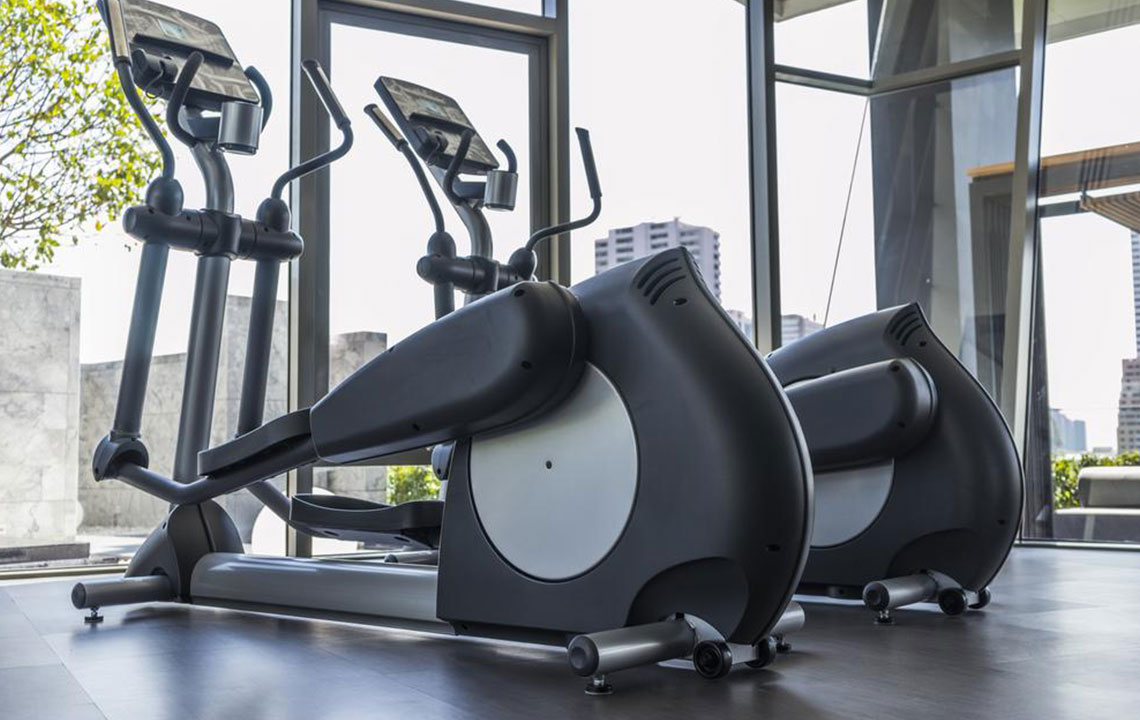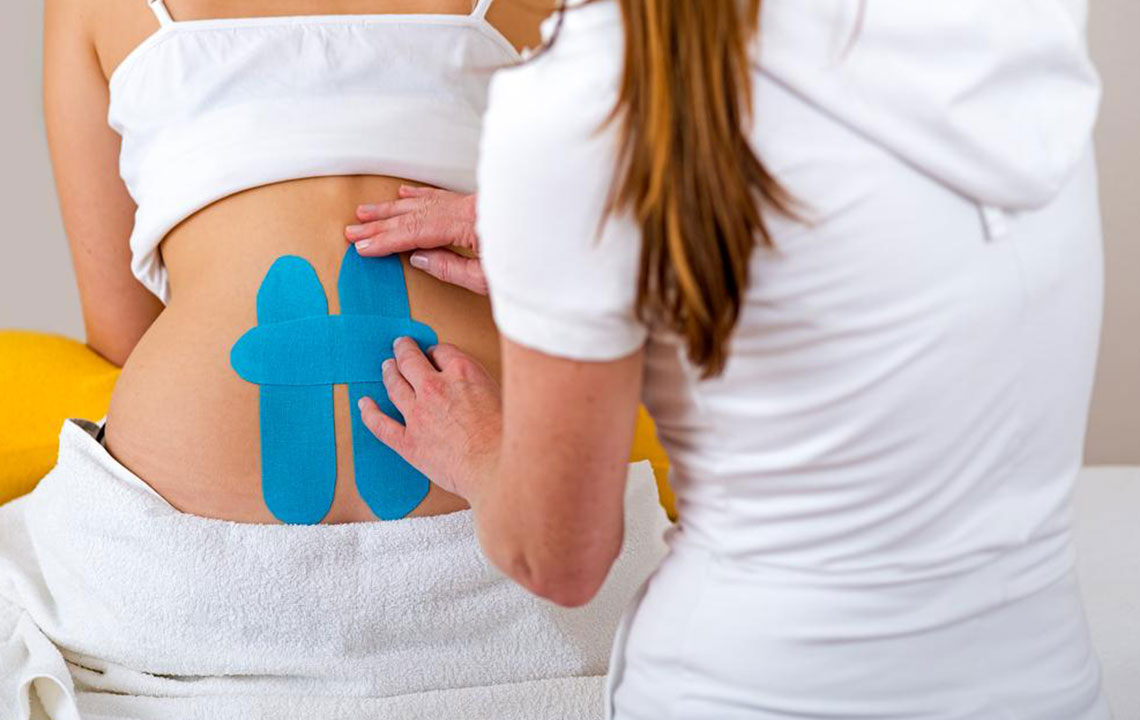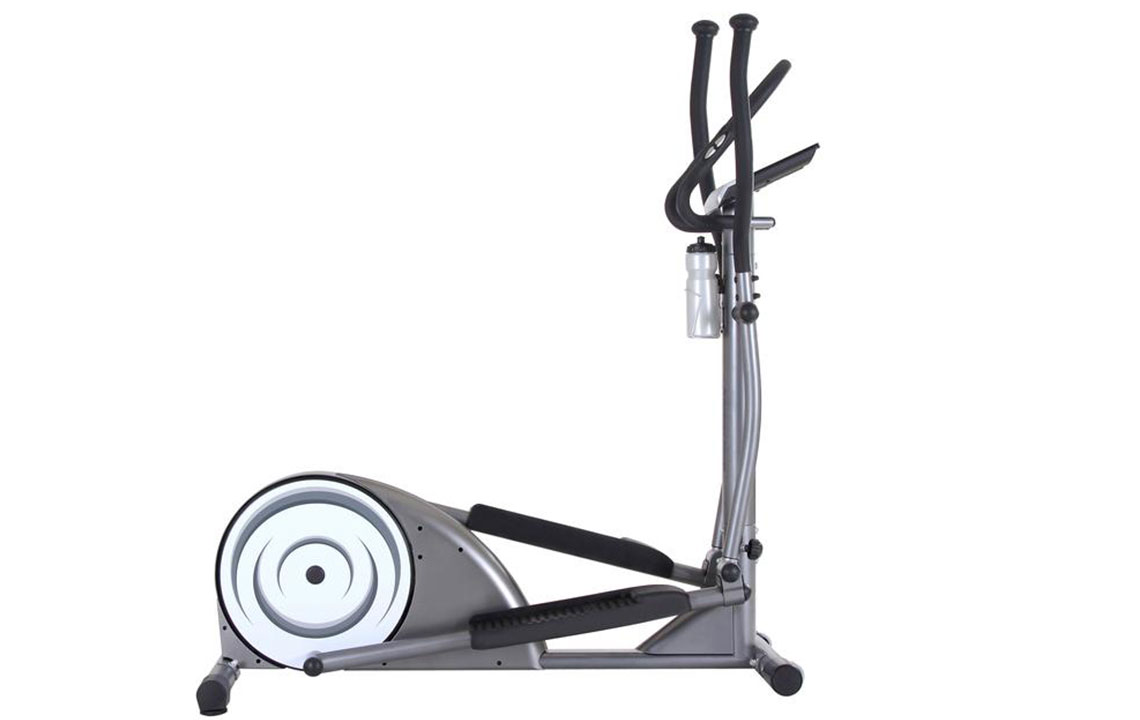Essential Components of Elliptical Trainers You Must Know
Discover the essential parts of elliptical trainers, including flywheels, pedals, and electronics. Learn how these components influence performance, durability, and user comfort. Ideal for fitness enthusiasts seeking to enhance their knowledge and maintain their equipment effectively.

Essential Components of Elliptical Trainers You Must Know
An elliptical exercise machine is designed to provide a low-impact workout that minimizes stress on your joints. This article highlights the key parts of an elliptical trainer, focusing on the four main components every user should understand.
The drive mechanism of an elliptical is the flywheel, which spins when pressure is applied to the pedals and controls resistance levels. The flywheel allows smooth operation of the pedals and hand grips. Its weight, typically between 13 and 35 pounds depending on the model, influences the machine's durability and performance. The positioning of the flywheel—front, rear, or center—varies by design, each with its own benefits.
A heavier flywheel generally extends the elliptical's lifespan. Front drive models are common for home use due to their affordability and compact size. Personal preferences guide the choice of setup. The electronics, including adjustable resistance and warranty options, are crucial; many brands offer two to three-year warranties, though coverage specifics vary. Modern ellipticals feature goal setting and heart rate monitors for enhanced workout tracking.
Operational noise like squeaks can occur from rails or rollers, often fixable with rail lubricant. The deck supporting the rollers impacts overall comfort. Users can also adjust stride length for comfort. Pedals are vital for a smooth experience and should be considered carefully; key features include cushioning, incline, pivoting for ankle movement, size, and, in higher-end models, customizable foot pedal adjustments.
Note:
This article provides general information on elliptical trainer components. It is not medical advice. Always consult healthcare professionals for health-related concerns, and do not rely solely on the information provided here for diagnosis or treatment decisions.









